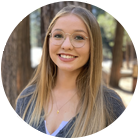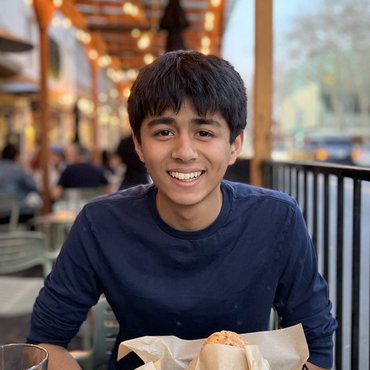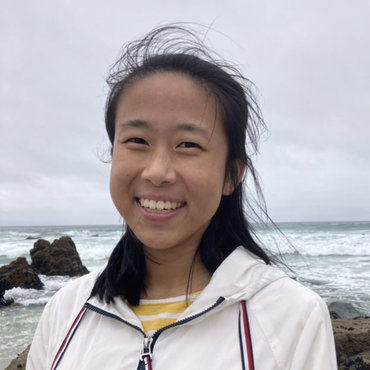
Keona Blanks, ’24
Climate action in the age of COVID-19: Engaging youth virtually
It was 3:58 pm, and my heart was pounding. I sat on the edge of my office chair as my laptop screen broadcasted the tiled live videos of 10 or so peers. We were performing a tech run-through on Zoom right before the Youth Climate Justice Colloquium, which we were putting on for the virtual 2020 Hawai‘i Conservation Conference.
“Okay, guys, we’ve got this,” Kawika Pegram, the 19-year-old youth founder and executive director of the Hawai'i Youth Climate Coalition, said from my screen as he began admitting the 80+ participants in the waiting room.
The participants were youth and supporters from Hawai'i, North America, the Philippines, and Australia eager to learn more about “Environmental Racism in Our Backyards: A Journey Through Current and Former Injustices in Hawai‘i,” the theme of the colloquium.
The idea for the event hatched from the International Union for Conservation of Nature (IUCN) World Conservation Congress. The Congress established a legislative motion to enhance youth engagement in conservation worldwide. With the help of my supervisor, I cold-emailed Kawika Pegram and Dyson Chee—two renowned local youth climate justice activists—and together we built the colloquium from scratch, with the goal of engaging youth in local conservation work.
At the colloquium, participants had the opportunity to hear about environmental racism in Hawai‘i directly from community members and nonprofit organizations such as Sierra Club, the Maui Huliau Foundation, and Young Progressives Demanding Action. (View the event)

More importantly, after learning about the PVT landfill in Nanakuli, unjustly diverted water in Wailuku, and fuel-contaminated groundwater in Red Hill, the young people hailing from schools and universities across the state learned how to join local coalitions for climate justice.
This event was just one of many opportunities I had to explore the field of sustainability in my home community through my Cardinal Quarter fellowship with the William S. Richardson School of Law at the University of Hawai‘i.
The focus of my internship was to implement the IUCN’s youth-centered legislative motion throughout Hawai‘i. In addition to the colloquium, I presented the motion during a panel at the Hawai'i Conservation Conference and urged IUCN Hawai‘i Hui members to vote in favor of its adoption. My other efforts included writing a culturally relevant environmental mock trial program for the free Richardson Law and Justice high school program, working with International Court of Justice Advisory Opinion youth activists on their youth climate petition, and writing a proposal urging the Institute for Climate and Peace to incorporate a youth empowerment indicator for their Climate and Peace Index mapping project.

Thanks to this fellowship, I've become a much more active and informed member of my home community of Hawai’i. I came away from this experience not only with a deepened understanding of the climate and environmental justice movements happening in my own backyard, but—more importantly—with new and dear friends.


